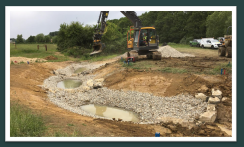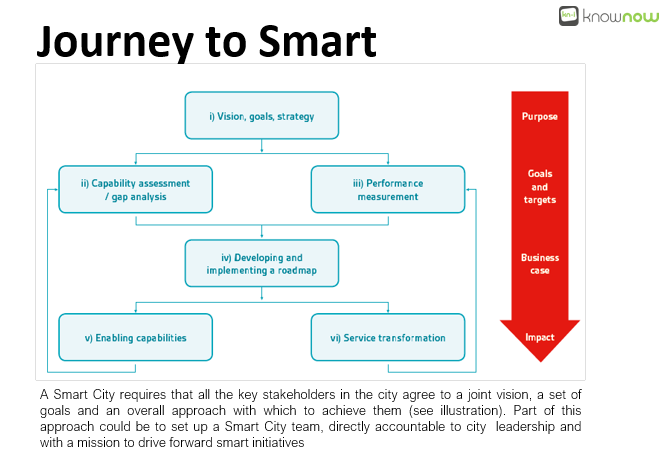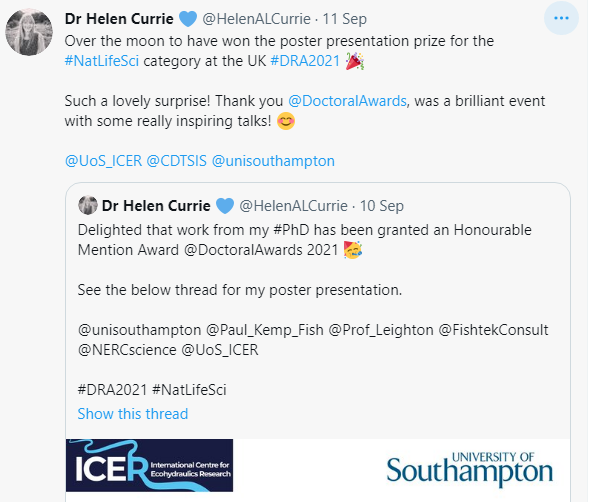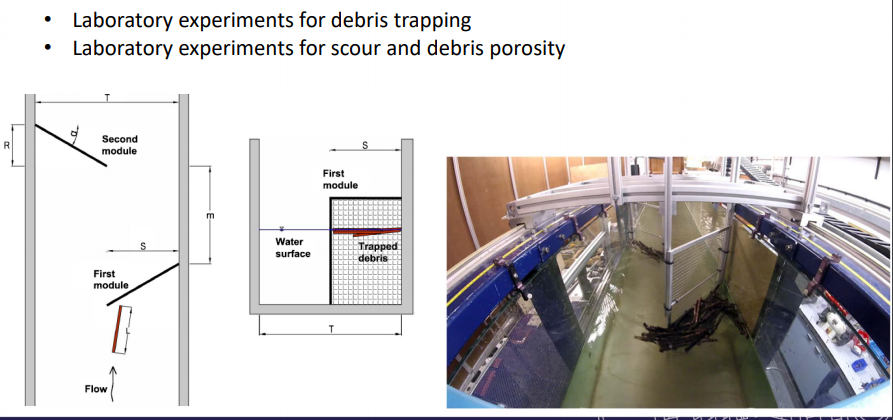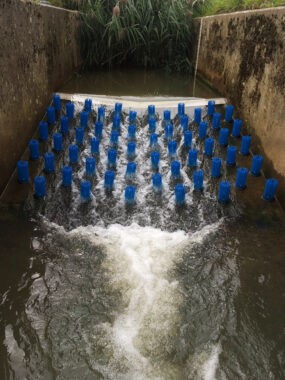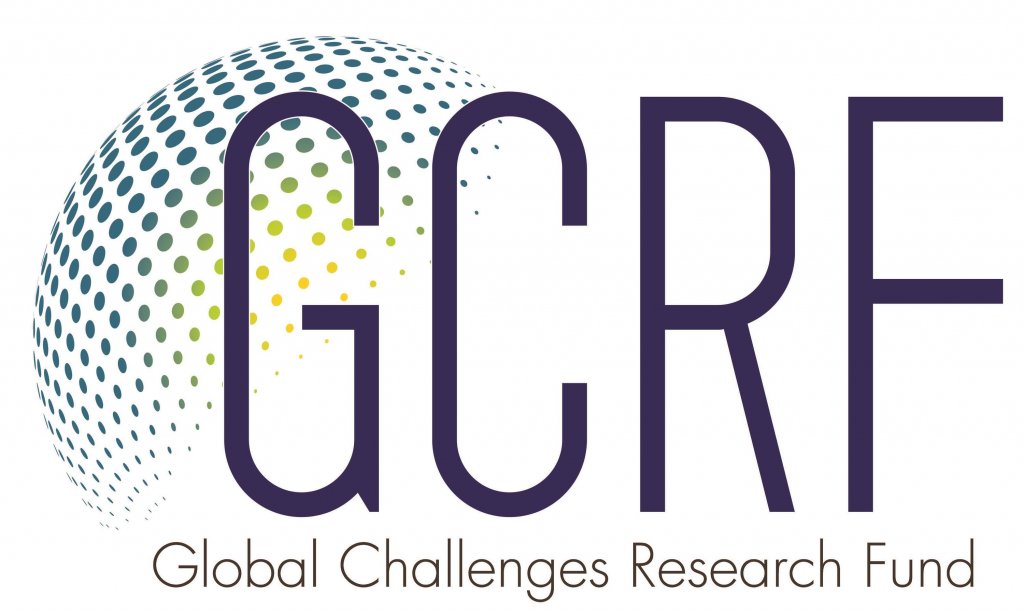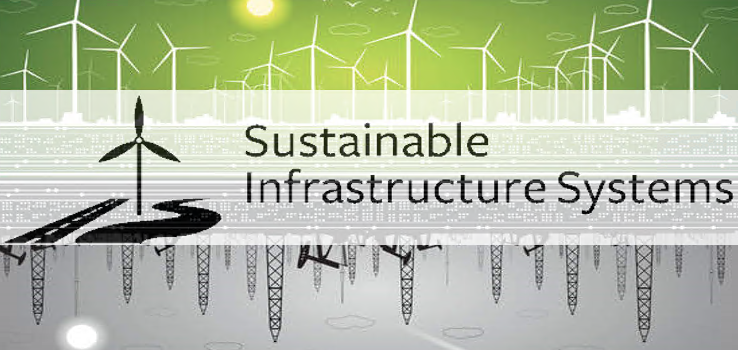Presenting research and supporting delegates at Future Cities online course
Hameed and Georgios took part in a 3-day Future Cities online course run by Smallpeice Trust in collaboration with the University of Southampton, 21-23 July 2021. The course content was to help Year 12 pupils understand the role of civil engineers in developing cleaner, safer and more energy efficient cities by how they design buildings, bridges, transportation systems and energy infrastructure. Hameed presented an overview of his research, explaining to the delegates some of the opportunities and challenges associated with the introduction of autonomous vehicles onto the road network. The delegates were then formed into groups to debate ‘For’ or ‘Against’ the introduction of autonomous vehicles and banning fossil fuel vehicles. Hameed then helped run break-out sessions to assist the students to prepare for the debate on autonomous vehicles. Georgios was a moderator for the debate session.
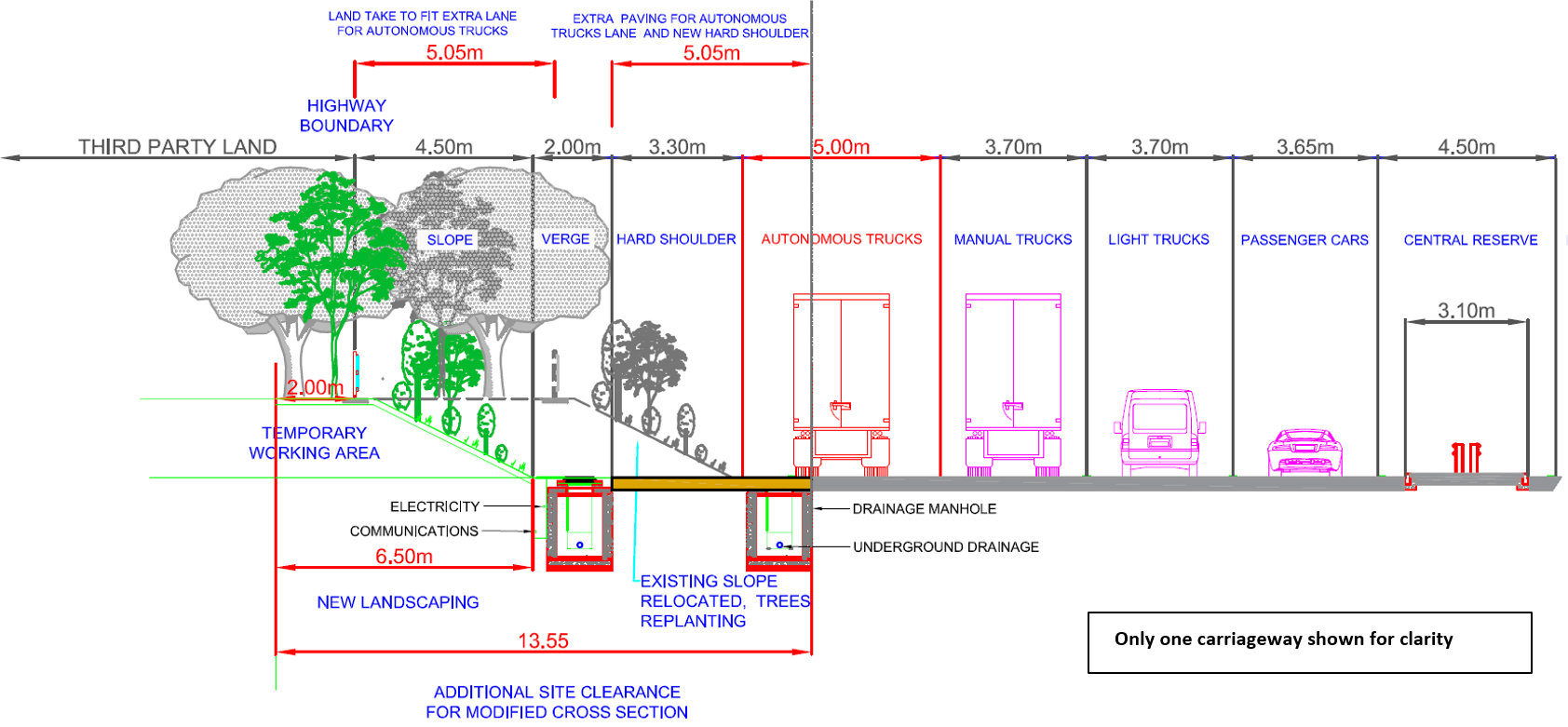
Figure 1 Image from Smallpeice autonomous vehicles introductory sessions showing modification required to highway infrastructure to accommodate connected autonomous vehicles.
Despite the challenges of virtual programmes, the course was really interactive as the delegates engaged particularly well during the debate preparation sessions; they showed wide knowledge and deep understanding of the civil engineering issues during the actual debates. The feedback from the delegates and all participants was very positive. Many pupils stated that they would like to pursue civil engineering as a career as a result of the course, so a pleasingly satisfactory outcome.
The Smallpeice Trust
Home | Smallpeice Trust
HELPING YOUNG PEOPLE BECOME FUTURE ENGINEERS
For 50 years The Smallpeice Trust has been giving young people everything they need to fuel their passion for engineering.
By thinking big, young people can learn how to change the world by making their ideas happen with events in science, technology, engineering and maths
Anything is possible when you know how.




